10 Best Herbal Lotions For Infection

Herbal lotions are natural topical treatments that often contain plant-based ingredients known for their antimicrobial and anti-inflammatory properties.
These lotions can be used to help manage minor infections by promoting healing and reducing symptoms such as redness, swelling, and irritation. Common herbs used in these formulations include calendula, echinacea, and tea tree oil, which are believed to support the body's natural defenses against bacterial and fungal infections. While herbal lotions may offer soothing relief, they should not replace professional medical care for severe or persistent infections.
It is important to consult a healthcare provider before using herbal remedies, especially if you have known allergies or are taking other medications.
FREE Herb Drying Checklist
How to make sure every batch retains maximum flavor, color, and aroma without the risk of mold or over-drying. Eliminate guesswork and trial-and-error, making herb drying faster, easier, and more efficient every time.
Table of Contents
1. Calendula officinalis
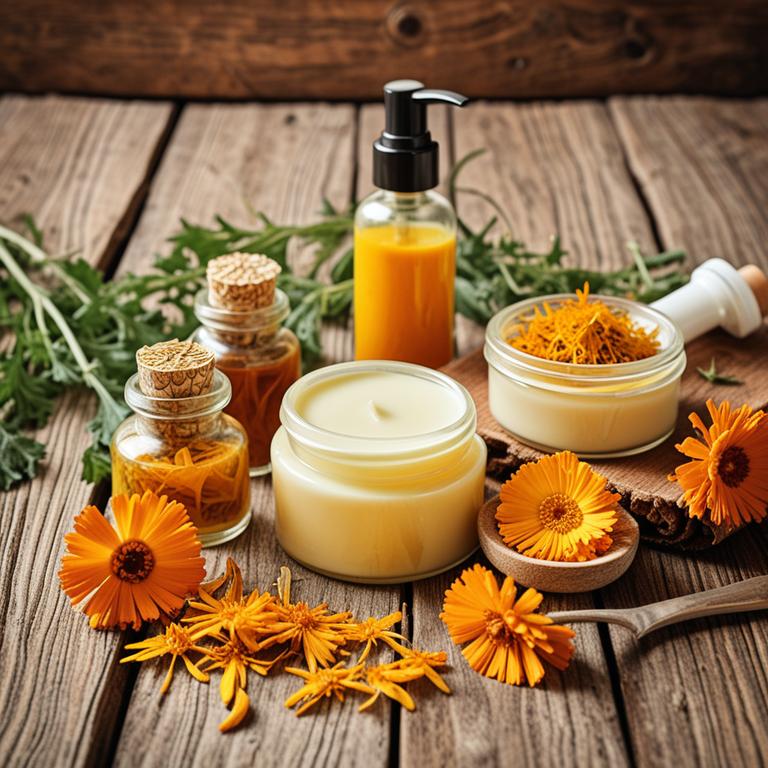
Calendula officinalis, commonly known as pot marigold, is widely used in herbal lotions for its anti-inflammatory and antimicrobial properties.
These lotions are often applied topically to treat minor skin infections, such as cuts, burns, and fungal infections, due to the presence of compounds like flavonoids and triterpenes. The soothing effects of calendula help reduce redness and irritation, promoting faster healing of infected or inflamed skin. Its natural antiseptic qualities make it a popular choice in alternative medicine for supporting wound care.
However, it is important to consult a healthcare professional before using calendula lotions, especially for severe or persistent infections.
2. Hypericum perforatum
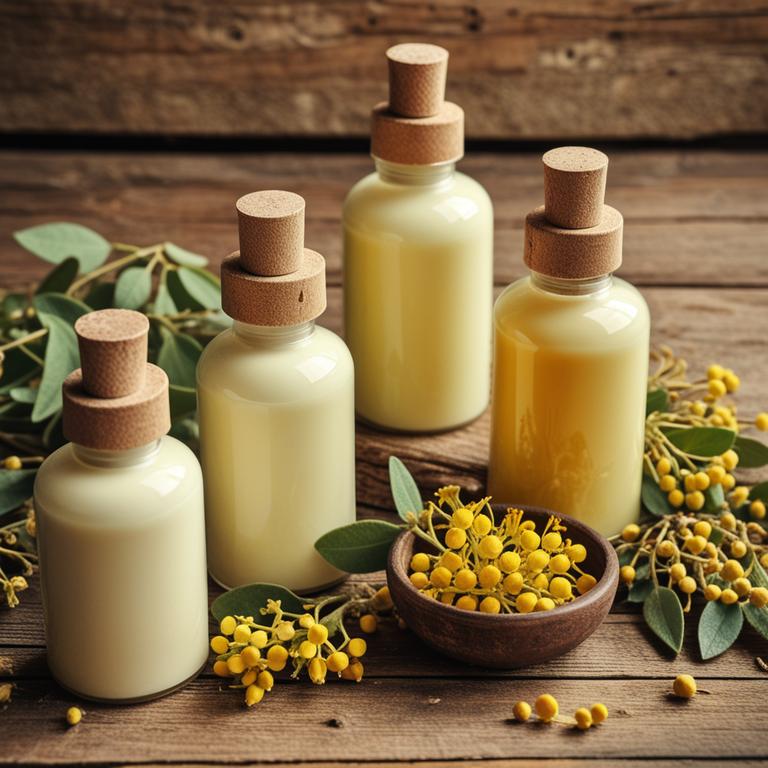
Hypericum perforatum, commonly known as St. John's Wort, is a herbal plant that has been traditionally used for its therapeutic properties, including its potential to support wound healing and reduce inflammation.
Herbal lotions containing Hypericum perforatum are often formulated to address minor skin infections due to the plant's antimicrobial and anti-inflammatory compounds, such as hypericin and flavonoids. These lotions may help to soothe irritated skin and promote the healing process in cases of mild infections or abrasions. However, it is important to consult a healthcare professional before using such products, especially if there is a risk of more severe infections or if the individual is taking other medications.
While hypericum perforatum lotions can be a natural alternative for certain skin conditions, their effectiveness may vary, and they should not replace conventional medical treatments without proper guidance.
3. Aloe barbadensis
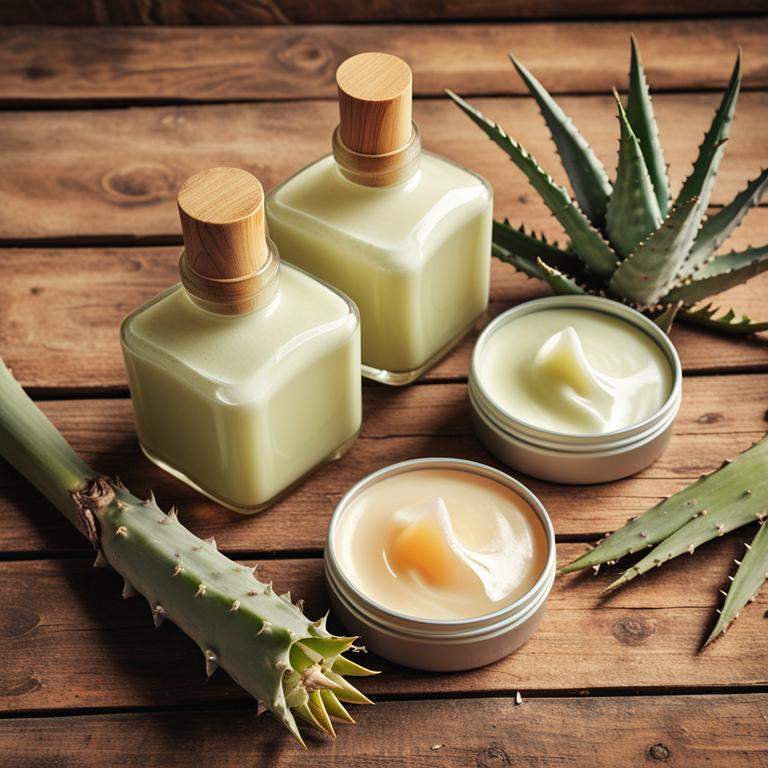
Aloe barbadensis, commonly known as aloe vera, is widely used in herbal lotions for its soothing and antimicrobial properties.
These lotions are often applied topically to treat minor skin infections, such as burns, cuts, and acne, due to the plant's ability to promote healing and reduce inflammation. The gel extracted from the aloe leaf contains compounds like polysaccharides and anthraquinones, which have been shown to exhibit antibacterial and antifungal effects. Additionally, aloe vera lotions can help moisturize and protect the skin, creating a barrier against further infection.
While generally safe for most skin types, it is advisable to perform a patch test before using aloe-based products to avoid potential allergic reactions.
4. Echinacea purpurea
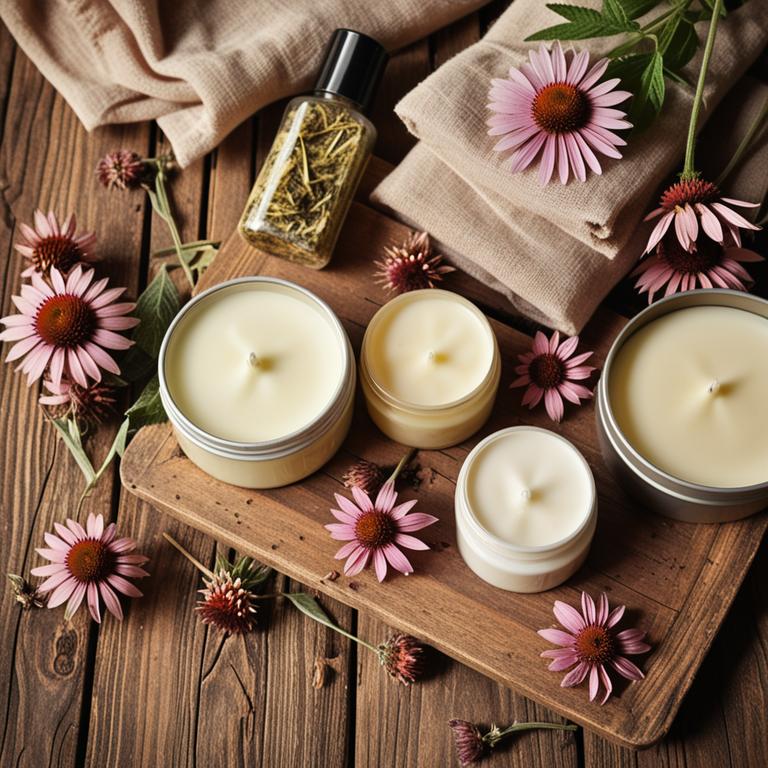
Echinacea purpurea, commonly known as purple coneflower, is a popular herbal remedy often used in the form of lotions to support the immune system and aid in the prevention and treatment of infections.
These lotions typically contain extracts from the dried flowers, leaves, and roots of the plant, which are believed to have antimicrobial and anti-inflammatory properties. When applied topically, echinacea purpurea lotions may help reduce the severity and duration of minor skin infections or colds by boosting local immune response. However, while some studies suggest potential benefits, more research is needed to fully confirm their efficacy for treating infections.
As with any herbal product, it is important to consult a healthcare professional before use, especially for individuals with allergies or existing medical conditions.
5. Sanguinaria canadensis
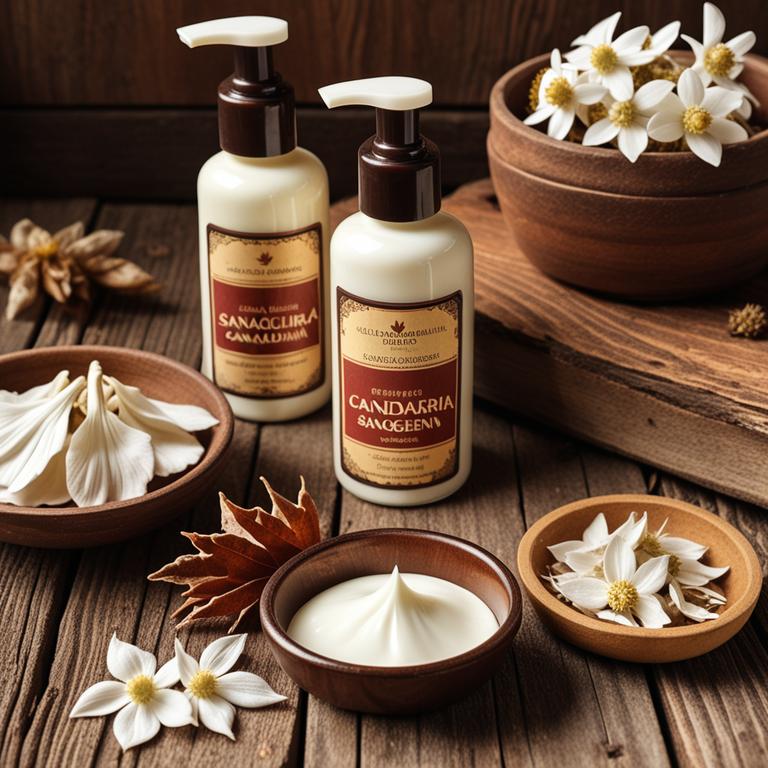
Sanguinaria canadensis, also known as bloodroot, is a native North American plant that has been traditionally used in herbal medicine for its potential antimicrobial properties.
Herbal lotions made from bloodroot are often prepared using its rhizomes, which contain compounds such as sanguinarine and berberine, both of which exhibit antibacterial and anti-inflammatory effects. These lotions are sometimes applied topically to treat minor infections, such as skin abrasions or fungal infections, due to their natural antiseptic qualities. However, it is important to note that bloodroot is toxic if ingested and may cause skin irritation, so caution is necessary when using it externally.
While some studies suggest its efficacy in reducing microbial growth, further research is needed to fully understand its safety and effectiveness for treating infections.
6. Rosmarinus officinalis
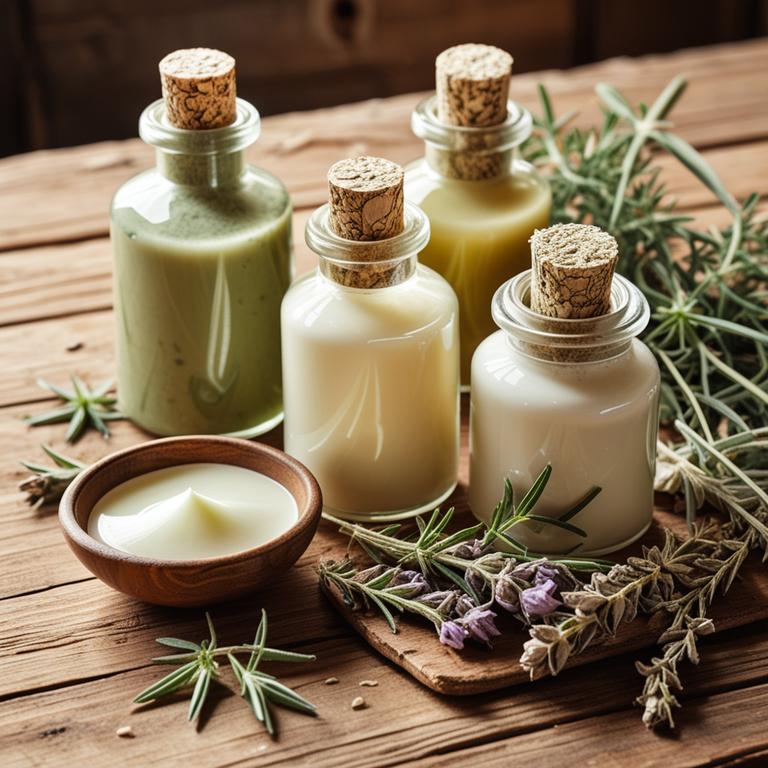
Rosmarinus officinalis, commonly known as rosemary, is a popular herb used in the formulation of herbal lotions for its antimicrobial and anti-inflammatory properties.
These lotions are often applied topically to treat infections such as fungal infections, minor skin infections, and bacterial wounds due to the presence of compounds like carnosic acid and rosmarinic acid. The essential oils derived from rosemary are known to enhance skin healing and reduce inflammation, making them effective in supporting the body's natural defenses against pathogens. When used as part of a holistic treatment plan, rosemary herbal lotions can help soothe irritated skin and promote faster recovery from infections.
However, it is important to consult a healthcare professional before using these lotions, especially for severe or persistent infections.
7. Chamomilla recutita
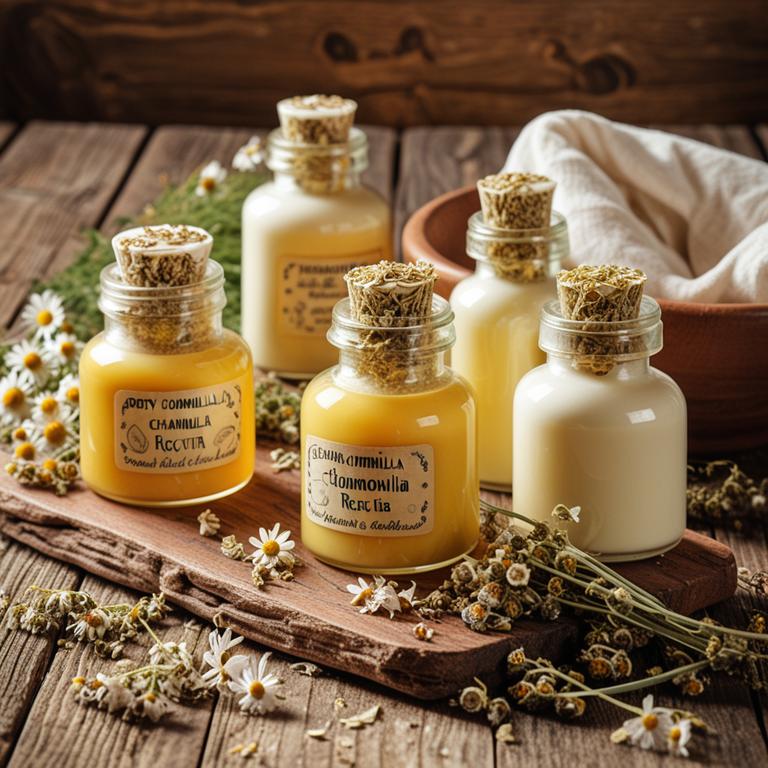
Chamomilla recutita, commonly known as German chamomile, is often used in herbal lotions for its anti-inflammatory and antimicrobial properties.
These lotions can help soothe skin irritation and reduce redness, making them beneficial for minor infections such as eczema or fungal infections. The essential oils in chamomile, particularly bisabolol and chamazulene, contribute to its ability to combat bacterial and fungal growth. When applied topically, chamomile lotions may provide relief from symptoms associated with skin infections without the need for harsh chemicals.
However, it is important to consult a healthcare professional before using chamomile products, especially for severe or persistent infections.
8. Thuja occidentalis
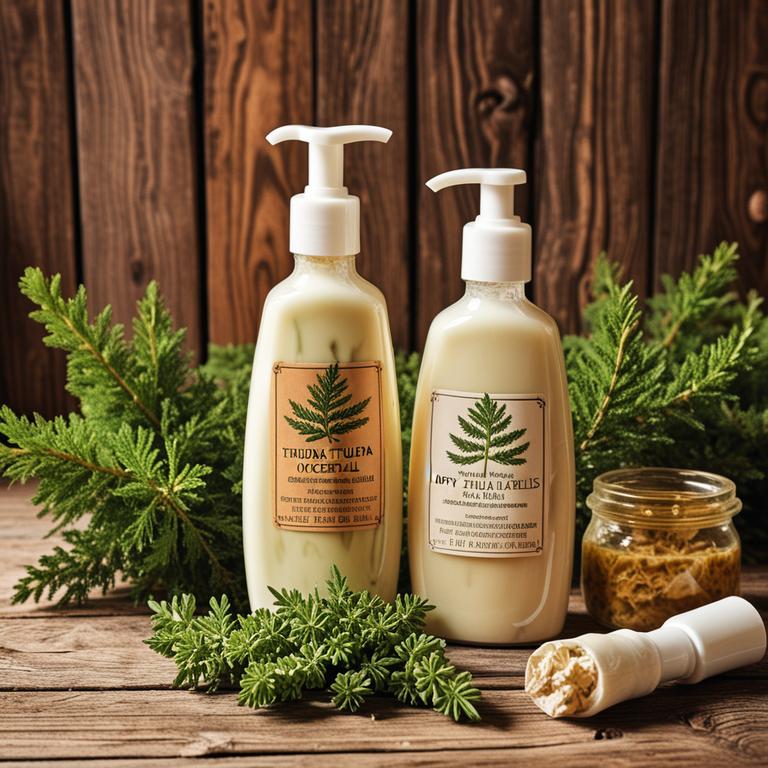
Thuja occidentalis, also known as arborvitae, is a traditional herbal plant that has been used for centuries in natural medicine.
Herbal lotions made from thuja occidentalis are often utilized for their antimicrobial and antifungal properties, which may help in combating certain types of infections. These lotions are typically prepared by infusing the dried leaves and stems of the plant into a carrier oil or water-based solution. While some studies suggest potential benefits, it is important to consult a healthcare professional before using thuja-based products, as they may interact with medications or cause skin irritation.
Overall, thuja occidentalis herbal lotions are considered a complementary therapy rather than a primary treatment for infections.
9. Lavandula angustifolia
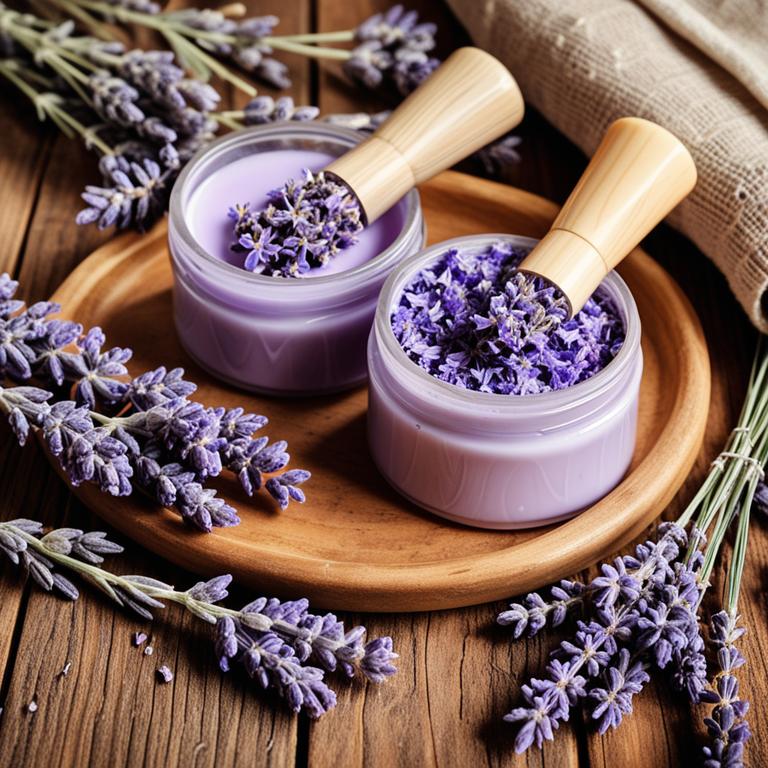
Lavandula angustifolia, commonly known as English lavender, is often used in herbal lotions for its antimicrobial and anti-inflammatory properties.
These lotions are formulated with essential oils extracted from the dried flowers of the plant, which contain compounds like linalool and lavandine that exhibit natural antibacterial and antifungal effects. When applied topically, lavender herbal lotions can help reduce the risk of infection by inhibiting the growth of harmful microorganisms on the skin. They are particularly beneficial for minor cuts, burns, and abrasions where infection is a concern.
Due to their soothing aroma and therapeutic benefits, lavender-based lotions are a popular choice in natural and alternative medicine for promoting wound healing and preventing infection.
10. Teucrium marum
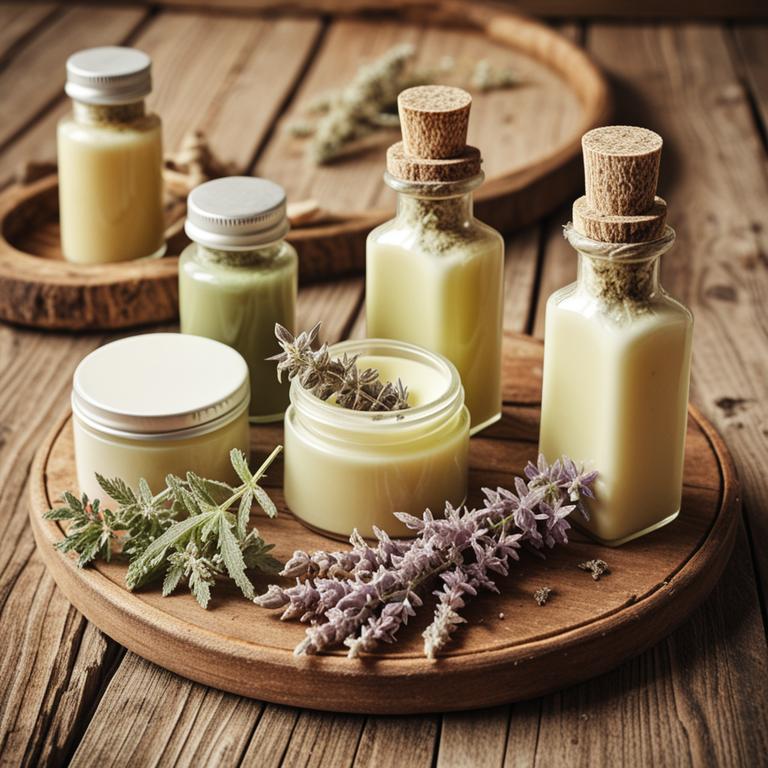
Teucrium marum, commonly known as germander, has been traditionally used in herbal medicine for its antimicrobial and anti-inflammatory properties.
Herbal lotions made from Teucrium marum are often applied topically to treat skin infections, such as fungal or bacterial infections, due to their natural antiseptic qualities. The active compounds in the plant, including flavonoids and essential oils, help to reduce inflammation and promote healing of infected skin tissues. These lotions are particularly beneficial for individuals seeking natural alternatives to conventional antiseptics and antibiotics.
However, it is important to consult a healthcare professional before using Teucrium marum preparations, especially for severe or persistent infections.